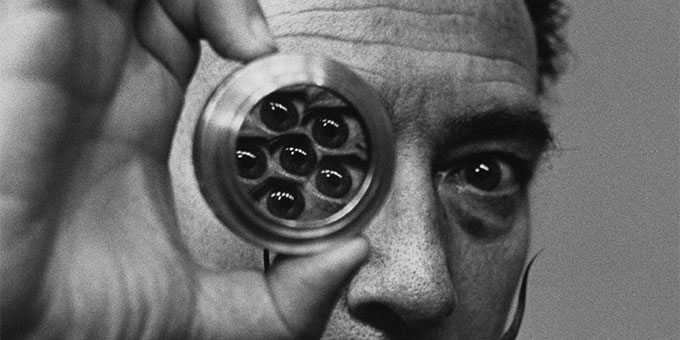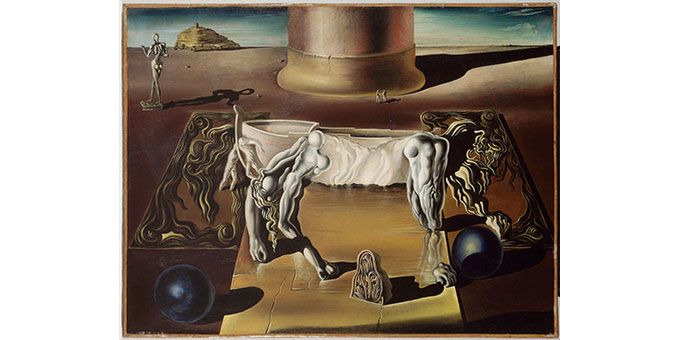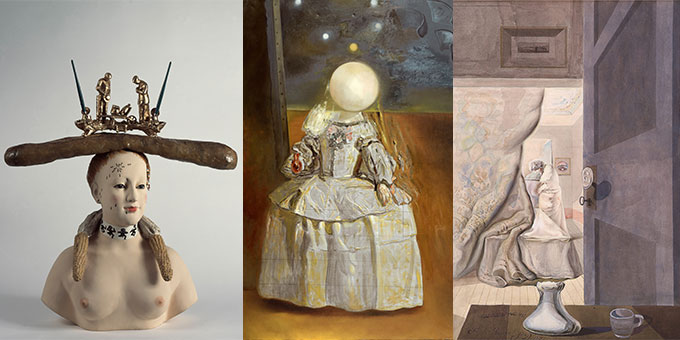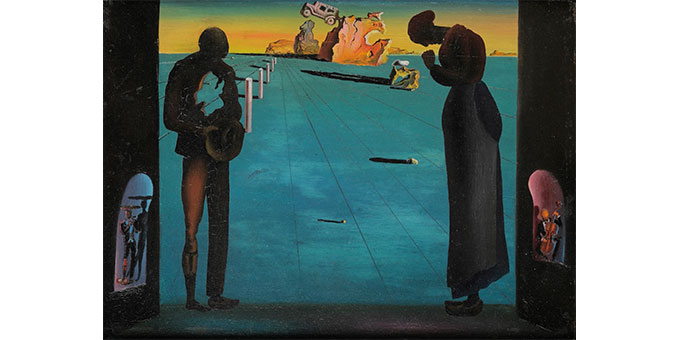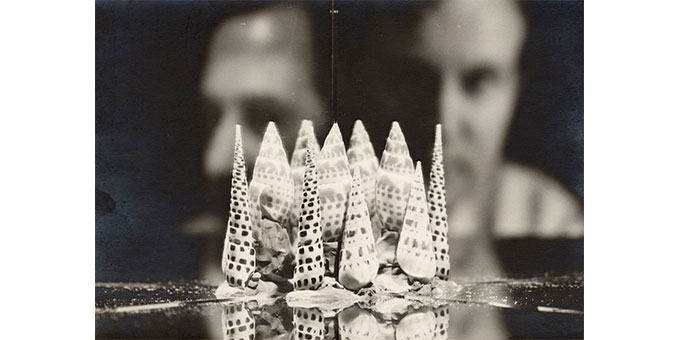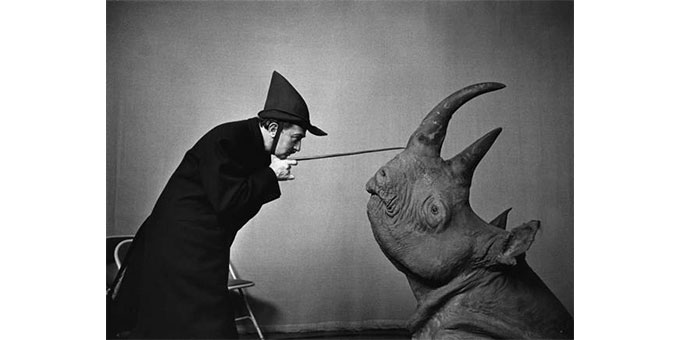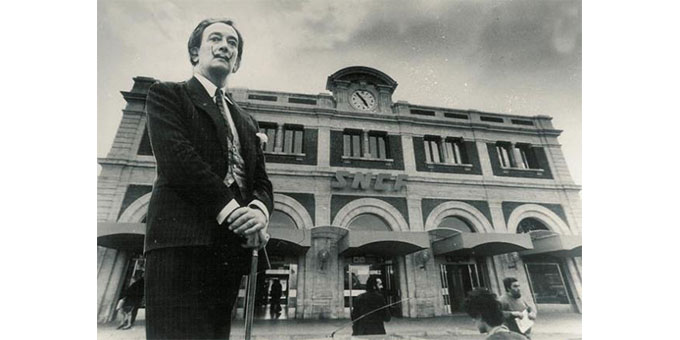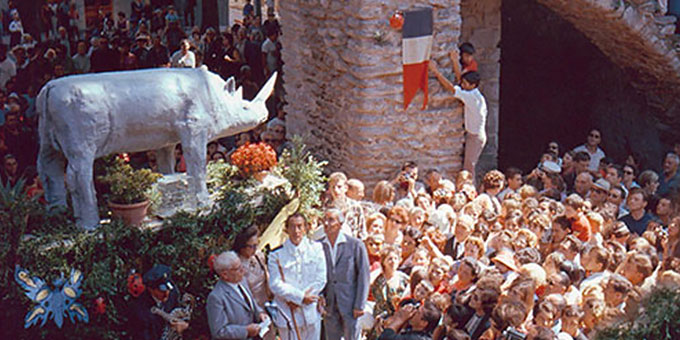Posted on August 12, 2017 in Arts & culture.
Dalí exhibition until October 1 at the Museum of Modern Art in Céret
“Dalí: Eureka! »Present until 1er October at the Musée d'art moderne de Céret (66) the artist's interest in all the scientific disciplines that have fueled his own imagination. The exhibition also brings back to life the master's “triumphal journey” to Céret on August 27, 1965: from his resurrection in a medieval crypt to his departure by train for Perpignan “center of the world” station.
In his Abridged Dictionary of Surrealism, André Breton defined Dalí as "The prince of Catalan intelligence". Dalí was indeed interested in all scientific disciplines, from astrophysics to the theory of relativity, from psychoanalysis to genetics, up to contemporary and very complex theories of catastrophes or strings. This universal curiosity makes Dalí an heir to the great Masters of the Renaissance.
Science feeds his thinking, his ability to interpret the outside world as his own psyche. It responds to his fundamental need to seek, in the universe and its rules, the verification of a personal and irrational intuition. Assimilating time to a malleable material - to flowing Camembert cheese - Dalí claims the heritage of the great masters of the past while making a projection, a premonition on the Future.
From his formative years, Dalí showed an interest in astronomy, psychoanalysis, natural sciences, entomology, the theory of relativity. He has access to these disciplines at the Residencia de estudiantes de Madrid, where the philosopher José Ortega y Gasset, translator of Freud, Einstein or Marinetti, organizes conferences and meetings.
At the turn of the 30s, the artist developed his famous theory of the paranoiac-critical method, largely dominated by the theses of psychoanalysis, which showed real points of convergence with the research of the young Jacques Lacan on paranoia. Dalí therefore plans to link art and science more closely. The first nuclear tests then the bombs on Hiroshima and Nagasaki in 1945 led him to take an interest in the atomic structure of matter.
" I'm crazy "
Returning to Catholicism, it offers nuclear representations of figures of sacred art, Christ and Madonnas. Dalí did not hesitate to go and meet scientists: he visited Freud in London in 1938, then Francis Crick in New York (Nobel Prize in 1962 with Watson for the discovery of the structure of DNA).
He met Dennis Gabor, Nobel Prize in physics for the discovery of holography which will occupy Dalí in the 70s. Finally, René Thom, the author of the theory of catastrophes and Marcel Pagès and the theory of antigravitation.
In fact, it was in the company of Marcel Pagès that Dalí went to Céret on August 27, 1965, for a whimsical day rich in events widely mentioned in the exhibition.
In 1985, Dalí brought together in his museum of Figueres a group of world-renowned scientists for a symposium entitled "Random trial".
Very weakened since the disappearance of his wife Gala, the Master followed the debates by video transmission from his room. These poignant moments of one who was terrified by death and who had promised himself physical immortality, attest to an insatiable appetite for knowledge and curiosity for the sciences.
The exhibition will be organized in a series of thematic chapters dealing with a scientific field reinterpreted by the paranoid-critical Dalinian method. An original approach to the work of the visionary artist. " I'm crazy " liked to declare the artist. Science - and the exhibition at the Museum of Modern Art in Céret - provide proof that "The only difference between a madman and [him] is [that he is] not mad".
Pratical information
"Dalí: Eureka! "
Céret Museum of Modern Art
contact@musee-ceret.com
Tel: +04 68 87 27 76
www.musee-ceret.com
Opening hours and days:
Open daily from 10 a.m. to 19 p.m.
Full price: 8 €. Reduced price: 6 €. Free up to 12 years old.
The ticket office is closed 30 minutes before the museum closes.
Drawing Now Art Fair: Tatiana Wolska winner 2024
The invention of language by Gertrude Stein and Pablo Picasso
The history of French women's golf at Golf du Sorbier






